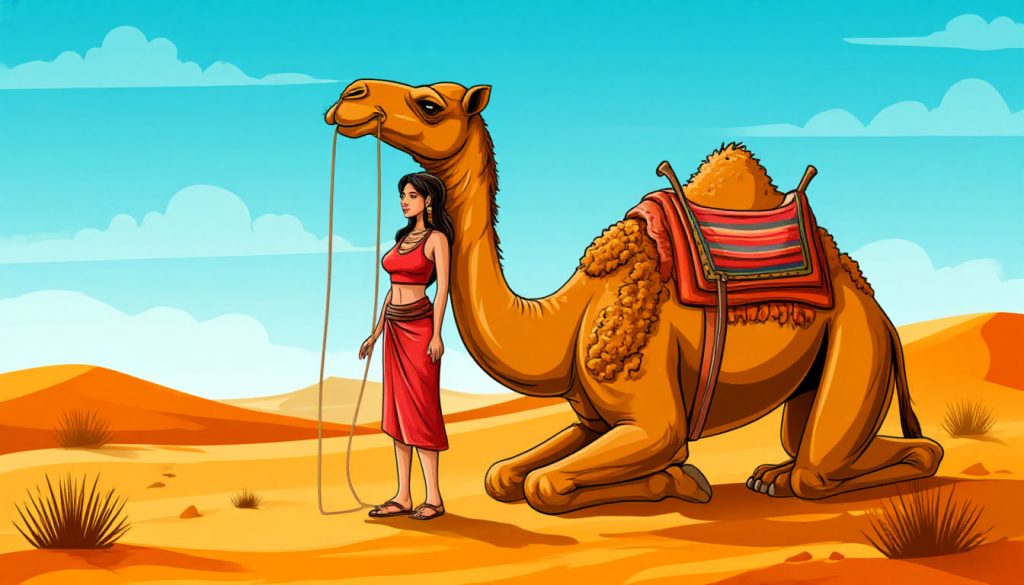Deserts are often imagined as lifeless places of endless sand, but in reality, they are dynamic ecosystems filled with adaptable life. Despite harsh conditions—scorching temperatures, low rainfall, and extreme dryness—deserts host an impressive range of plants, animals, and cultures that have evolved to survive in these challenging environments.
What Defines a Desert?
A desert is any region that receives less than 250 mm (10 inches) of rainfall per year. Contrary to popular belief, not all deserts are hot. They can be:
- Hot deserts, like the Sahara or Arabian Desert, where temperatures soar above 45°C (113°F)
- Cold deserts, like Antarctica or the Gobi Desert, which are dry but freezing
What all deserts share is aridity, not temperature.
Plants That Thrive in Deserts
Desert plants are masters of water conservation. Common adaptations include:
- Thick, waxy leaves to reduce water loss
- Deep or wide roots to collect water efficiently
- Water-storing tissues, like in cacti and succulents
- Small or no leaves to limit evaporation
Examples of desert plants include cacti, acacia trees, aloe vera, and creosote bush. Many bloom quickly after rare rains.
Desert Animals and Their Survival Tricks
Animals in the desert are nocturnal, burrowers, or specially designed for heat tolerance. Some key adaptations:
- Light-colored fur to reflect sunlight
- Efficient kidneys to minimize water loss
- Burrowing behaviors to stay cool underground
- Hibernation-like states during droughts
Examples include fennec foxes, camels, lizards, scorpions, and kangaroo rats—all perfectly suited to the desert.
Human Life in the Desert
People have lived in deserts for thousands of years, developing:
- Nomadic lifestyles, like the Tuareg and Bedouin
- Irrigation and oases farming in places like Egypt or Arizona
- Mud and adobe architecture that insulates against heat
- Modern cities like Dubai and Las Vegas, which thrive with artificial water supplies
Desert life requires resourcefulness and a deep respect for nature’s limits.
Why Deserts Matter
Deserts play important ecological and cultural roles:
- Carbon storage in dry soil
- Medicinal plants with unique properties
- Rich fossil and archaeological sites
- Solar energy potential due to constant sunlight
- Unique biodiversity, including endangered species
Though harsh, deserts are vital to Earth’s climate and ecosystems.
Glossary
- Arid – Extremely dry with little to no rainfall
- Succulent – A plant with thick, water-storing tissues
- Nocturnal – Active at night and resting during the day
- Irrigation – The artificial supply of water to land for agriculture
- Oasis – A fertile area in a desert with natural water sources


